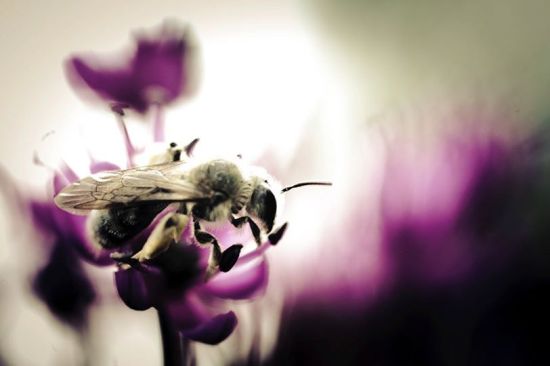Across America, trees topple as houses rise. Recognizing the value of urban green space, this New York neighborhood of Prospect Lefferts Gardens won last year’s Greenest Block in Brooklyn award for promoting gardens and tree stewardship. Emblematic of the bond between trees and wildlife, a raccoon (below) peers out from its perch in New Brunswick, Canada. Trees provide food, shelter and places to raise young for a host of species.
Friday, August 18, 2023
A Plea for Trees
Across America, trees topple as houses rise. Recognizing the value of urban green space, this New York neighborhood of Prospect Lefferts Gardens won last year’s Greenest Block in Brooklyn award for promoting gardens and tree stewardship. Emblematic of the bond between trees and wildlife, a raccoon (below) peers out from its perch in New Brunswick, Canada. Trees provide food, shelter and places to raise young for a host of species.
Saturday, August 5, 2023
Thursday, August 3, 2023
Opinion | In Vietnam, Turning a Camera on the War - The New York Times
Horst Faas was an exceptional photographer who spent a significant amount of time in Vietnam. He was based in Saigon from 1962 to 1970 as an Associated Press photographer and regularly returned until the withdrawal of American forces in 1973. During his time in Vietnam, he witnessed and photographed some of the most significant moments of the war. Despite being heavily wounded just before the Tet offensive, he survived the war thanks to his fearlessness, Germanic common sense, good luck, and wry humor.
One of the things that set Faas apart from other photographers was his ability to adapt to the tough conditions of combat photography. He designed a waterproof aluminum case to protect his cameras and film, which also saved him from more serious injuries when he was hit by grenade fire in 1967. Instead of bemoaning the tough conditions, he adapted to them and continued to produce exceptional photographs.
However, what often rankled him were the ethical issues that lay at the core of combat photography. He was concerned about the appropriateness of depicting torture or the disequilibrium that came from being able to photograph only one side of the story. In a memo to the New York office of The A.P. early in 1964, he noted that photographers “could crawl to the forward trenches of a besieged outpost, wait beside riflemen in night ambushes, witness brutal interrogations and executions and merciless street fighting. While the enemy — the Vietcong and North Vietnam — operated in secrecy, American and allied troops and government civilians performed almost always under the probing eyes and lenses of newsmen.”
Faas was also known for searching out the best freelance photographers to supplement the output of A.P. staff photographers. He would hand out cameras to both local and foreign stringers, who became soldiers in “Faas’s Army.” He gave them equal chances and never played favorites. He also gave young freelancers opportunities, knowing that it would permit them to keep working and, more importantly, if they scored a major photographic coup, The A.P. would be the first place they would come.
Faas was a remarkable photographer who left an indelible mark on photojournalism. He had a tough job managing the bureau’s photographers while working as a photographer himself. However, he did it with aplomb, giving equal opportunities to all and never playing favorites.
Don’t Forget How Strange This All Is
Don’t Forget How Strange This All Is

Jerry Seinfeld joked that if aliens came to earth and saw people walking dogs, they would assume the dogs are the leaders. The dog walks out front, and a gangly creature trailing behind him picks up his feces and carries it for him.
Throughout my life I’ve had moments where I felt like one of these visiting aliens, where something I knew to be normal suddenly seemed bizarre. I remember walking home from somewhere, struck by how strange streets are: flat strips of artificial rock embedded in the earth so that our traveling machines don’t get stuck in the mud.
Everything else seemed strange too. Metal poles bending over the road, tipped by glowing orbs. Rectangular dwellings made of lumber and artificial rocks. The background noise is always the hum of distant traveling machines, and all of this stuff was built and operated by a single species of ape.

